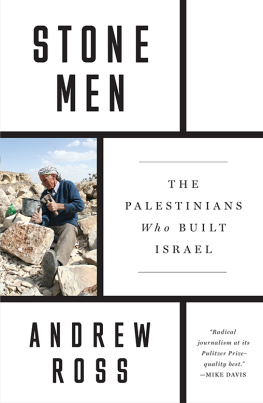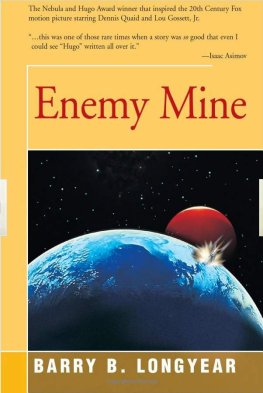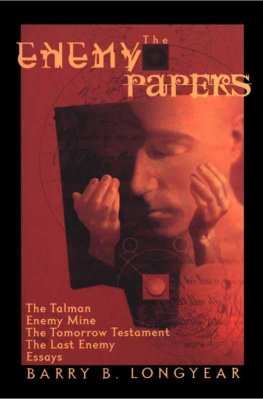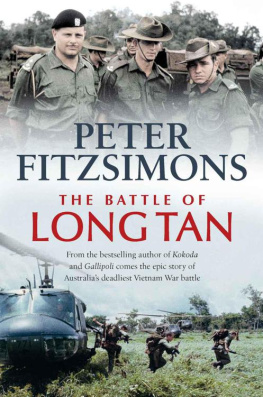ACKNOWLEDGEMENTS
The author wishes to acknowledge the assistance of his colleagues in the Military Operations Analysis Team at the Australian Defence Force Academy, University of New South Wales. In particular, the author wishes to thank Amy Griffon for her work on mapping the mine campaign, and Robert Hall for his comments and additions to the text of the study. The author was also impressed with the professionalism and helpfulness of the Australian Army Historical Unit. In particular, he would like to thank his editor, Captain Evelyn Graham, and Sophie Jerapetritis. Lastly, the author would like to acknowledge his long-time colleague from the Central Studies Establishment of the Defence Science and Technology Organisation, Mr Tom Millane. As an Operations Research Analyst, Tom was a man before his time and a great encouragement to the author.
APPENDIX A
THE COMPUTER DATABASES AND METHODOLOGY OF THIS STUDY
1ATF CONTACT DATABASE 1966-1971
The 1ATF Contact Database holds details pertaining to the contacts (incidents involving the exchange of small-arms fire with the enemy) of the 1st Australian Task Force (1ATF) in Vietnam. It records nearly 3700 such events. The Australian Army used a proforma to record the details of its contacts. Immediately following any contact, the patrol commander was required to submit a brief report by radio to his superior HQ. Following his return to the Nui Dat base, perhaps some weeks later, he was required to complete a more detailed 30-question written report drawing on the initial radio report, notes recorded in his notebook and discussions with his subordinates involved in the incident. The written reports often included sketch maps, lessons learned, and a brief assessment of the patrols performance by more senior officers. However, 1ATF units did not always fill out the contact questionnaire (only about 2000 were completed). When they did, the report was usually filled out correctly with all questions answered. Missing contact reports were partially reconstructed by Andrew Ross from battalion and headquarters war diaries and other sources that often recorded the details of the radioed report. All records that contributed data to the finished database are held in the Australian War Memorial. It is estimated that this database contains information on over 95% of recorded 1ATF contacts. The database provides the basis for reliable statistical analysis of Australian operations in Vietnam. Additionally, the database contains much information about mine incidents and about 1ATF and enemy use of command-detonated mines in particular.
PHUOC TUY INCIDENT DATABASE 1966-1971
The Phuoc Tuy Incident Database records the basic details of all events judged at the time to be of military significance in Phuoc Tuy Province between 1966 and 1971, when 1ATF was present in the province. The 36,000 records are not as detailed as those for the 1ATF Contact Database, but the Incident Database provides an unrivalled daily account of all events in Phuoc Tuy, particularly for the period 1969 to 1971. This includes incidents between the enemy and province forces, US forces and civilians. The data is based closely on the daily intelligence summaries (INTSUMs) prepared by Headquarters 1ATF. These have been crosschecked with US records in the National Archives and Records Administration, College Park, Maryland, and with Australian Embassy records in the National Archives of Australia. The data include a vast amount of material about the enemys mine campaign including mine incidents affecting units of the ARVN, RF, provincial forces and civilians.
METHODOLOGY
After building the databases, all incidents relating to mines were extracted and categorised into those affecting the following:
1ATF
other Free World forces such as the US Army and the ARVN
provincial forces (such as the Regional Force/Popular Force, Popular Self Defence Force, National Police Field Force)
enemy forces
civilians.
The mine incidents within these categories were then analysed statistically, temporally and spatially.
Statistical analysis revealed patterns in the nature of the mine warfare campaign in the province. For example, it showed that M16 mines lifted from the Australian-laid Barrier Minefield by the enemy and redeployed against elements of 1ATF were far more lethal than the IEDs manufactured locally for use as anti-personnel mines. The statistical analysis was able to quantify this difference in terms of average casualties per detonation for each type of mine.
Temporal analysis revealed patterns in the enemys mine campaign over time and showed that the Viet Cong mine campaign followed a trajectory, building steadily until it reached a point where it collapsed. The temporal analysis allowed comparison of the trajectories of the mine campaign against 1ATF and against civilians. It also allowed comparison of the trajectory of the mine campaign against 1ATF with that of the small-arms engagements (or contacts) and to ascertain where the enemy were putting their main effort against 1ATF.
Spatial analysis enabled the study to reveal patterns in the locations of the various types of mines deployed by the enemy against 1ATF. It revealed, for example, that the enemys use of redeployed M16 mines was confined to a relatively small area in the south of the province.
Having identified these and other patterns in the enemys mine campaign, hypotheses were posed about the causes of these patterns. Primary and secondary source research facilitated placement of these patterns into the broader context of the campaign and conclusions could be drawn about the factors contributing to the patterns. For example, the collapse in the enemys mine campaign in 1970 and 1971 should be seen in the context of the general collapse in enemy combat activity in Phuoc Tuy, the increasing combat dominance established by 1ATF, the denial of food to the enemy, the clearance of the remaining mines in the Barrier Minefield, and perhaps ARVN and US Army attacks against enemy base areas in Cambodia and Laos. All these factors conspired to bring about the collapse of the enemys mine campaign.
APPENDIX B
MINE COUNTERMEASURES ADOPTED BY 1ATF
(BY DR ROBERT HALL)
In response to the increasing number of mine incidents leading to casualties, 1ATF adopted a wide range of mine countermeasures. The following list is not exhaustive but includes many of the countermeasures adopted.
Mine warfare training
Troops preparing for deployment to Vietnam and those in-country, were given more intensive training in mine warfare. This included identification of enemy mines and mine markers, the need for wide dispersal to reduce casualties, avoidance of patterns, mine prodding techniques and avoidance of bunching after a mine detonation.
Land clearing along roads
Route 2 and Route 15 were cleared of jungle on either side of the road up to a depth of 200m. This made it more difficult to use command-detonated mines, and to conduct ambushes with RPGs etc.
Route clearance
Each morning a reconnaissance aircraft flew along Route 2 and Route 15 searching for signs of mines, roadblocks or other enemy activity. Mines could sometimes be detected from the air due to the disturbed earth where they had been planted. After many such flights, pilots and observers got to know the routes in great detail and could often detect subtle changes resulting from mine-laying parties planting mines on the roads overnight.
Harassing fire
Artillery harassing fire missions were sometimes fired on the approaches to sections of main roads subject to VC/PAVN interdiction attempts. However, harassing fire on the roads had to be balanced against the possible later use of mine detecting equipment. Harassing fire distributed shrapnel over the roads leading to increased numbers of false positive detections.
Next page








